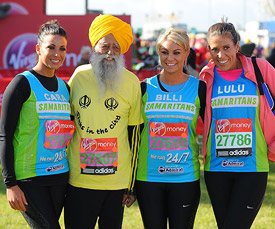Yesterday, I posted a piece on my blog (http://barbarikon.blogspot.com) that may be of interest to readers on Brown Pundits as well. So, at Zach’s suggestion, I am posting it here as well.
If the exhortation to pity the nation that forgets is own
history is taken seriously, few nations are more pitiable than Pakistan today.
Occupying one of the most historically rich pieces of land on the
planet, modern Pakistanis go about their business oblivious to the echoes of
the past that swirl all around them and the layers of history that lie buried
under their feet. And more’s the pity for a better understanding of this
historical past could explain a lot of the present and its problems, and
perhaps even help solve them.
One of the most interesting and least understood periods in
the history of the region is the time between 711 CE and 1200 CE, i.e., from
the time when the first Arab conquerors under Muhammad bin Qasim established
the so-called Emirate of Sind to the end of Ghaznavid rule in Punjab. One
reason why this period is of special significance is that it represents the
first extended encounter between Islam and the religious traditions of India,
notably Hinduism (Buddhism too, but more on that another time). Given how the
interaction and conflict between these two traditions has shaped – and
continues to shape – the history of the region, looking back to the earliest
encounters is especially important.
Though not studied as intensely as some other periods, the
history of the early medieval period in Northwestern India has attracted its
share of scholarship, from the contemporary writings of
Al-Biruni,
Al-Maqdisi
and
Ibn Hawqal to the
work of modern historians such as Romilla Thapar
1,
Finbarr Flood
2,
3
and Derryl MacLean
4.
These works describe a fascinating process of interaction, integration and
antagonism between two great cultures in an ancient land. In this piece, I will
only consider a narrow but interesting set of issues, motivated, as often, by a
coin in my collection – a
bilingual
Ghaznavid dirham circa. 1128 CE, shown below.
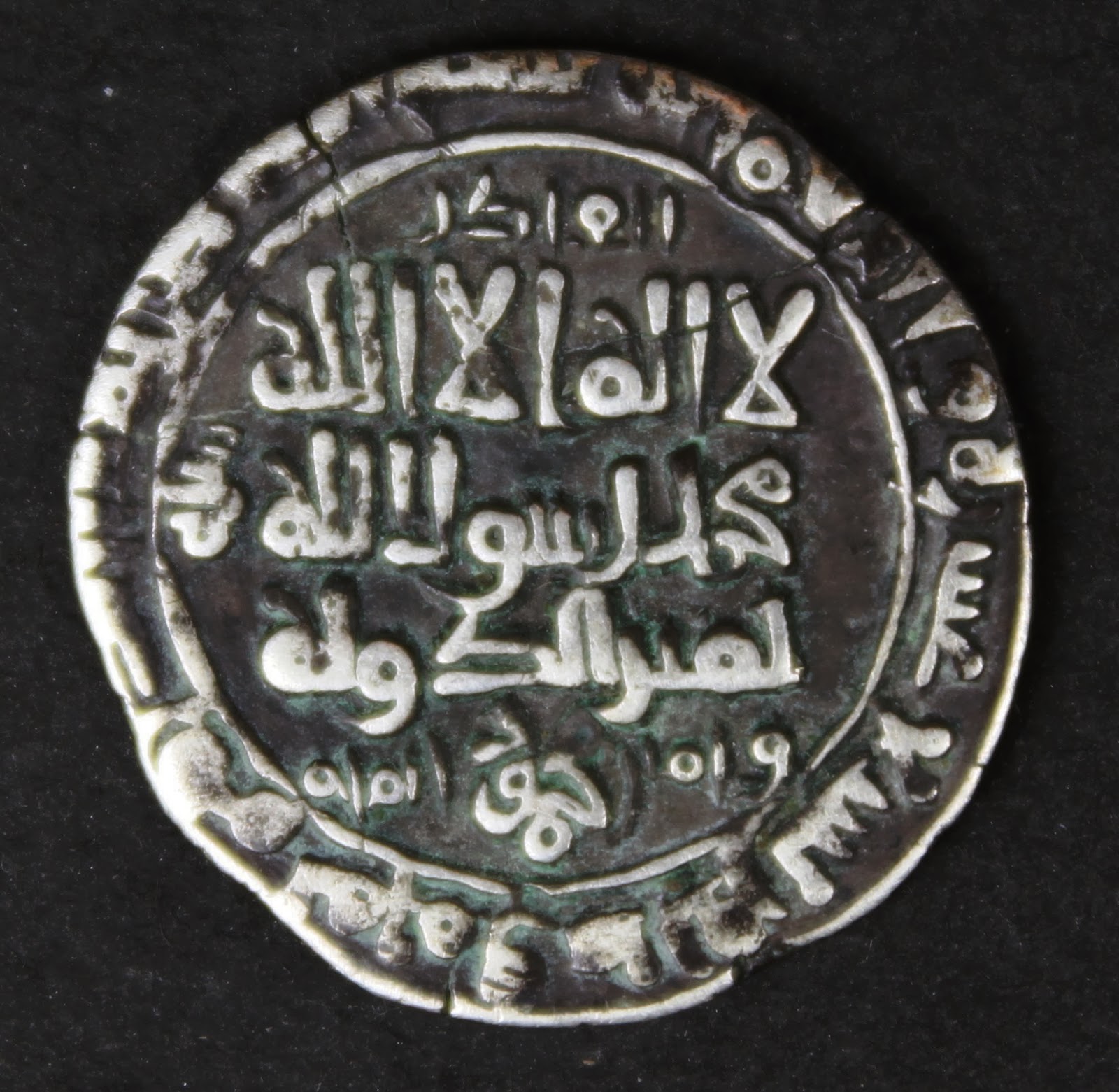
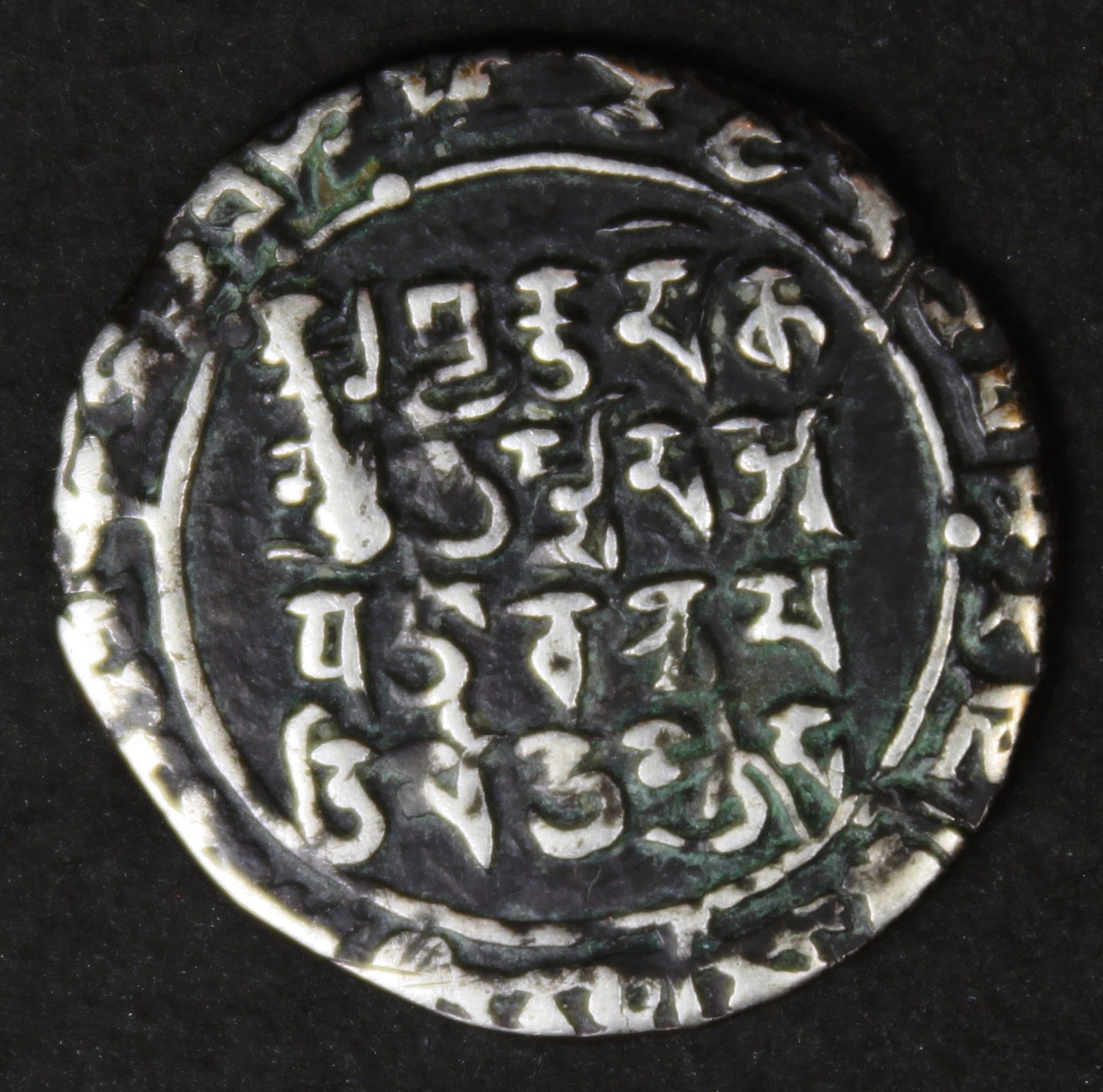
The silver coin was minted in the name of the greatest ruler
of the Ghaznavid dynasty, Mahmud, who is famous – at least in South Asia – for
his repeated attacks on India and his destruction of the great temple at
Somnath in 1024. While his attacks ranged over large parts of northern India,
Mahmud annexed only
regions that lie in modern Pakistan. The coin was struck in
419 AH (1028 CE) at Lahore, which was then known as Mahmudpur – itself an
interesting bit of historical information (the name “Mahmudpur” can be read
clearly in the margin of the image on top at the 6 o’clock position). The
complete inscription in the margin reads (as far as I can reconstruct it from
this and other similar coins):
bismillāh
zuriba hādha-al dirham mahmudpur tis’a ‘ashra wa arba’ mi’ah (In the name
of Allah. This dirham struck at Mahmudpur 419). The central text on this side
of the coin reads:
lā-ilāha ill-allāh /
muhammad rasūl-ullāh / yamīn-ud dawlah / wa amīn-ul millah Mahmud (There is
no God but Allah / Muhammad is His messenger / protector of the state / and
custodian of the community Mahmud). The inscriptions at the 12 o’clock and 9
o’clock positions together read
al-qādir
billah, which was the name of the Abbasid caliph in Baghdad, to whom Mahmud
nominally professed allegiance (more on this below).
Even more interesting is the reverse side of the coin, shown
on the bottom. The text is in Sanskrit, written using the
Sharada script, which was
used throughout the region at the time and is the ancestor of the Gurmukhi and
Kashmiri scripts. The text in the margin declares that the “tanka” – the Indian
equivalent of the dirham – was struck in Mahmudpur on the given date, but it is
the central inscription that is most interesting. The text reads:
avyaktam ekaṃ, muhamadaḥ avatāraḥ, nrpatiḥ
mahamudah. This translates as:
The
Invisible is one; Muhammad is His manifestation (avatar); Mahmud is the king.
The margin also has a Sanskrit translation of the statement about the mint and
date, including the Arabic
bismillāh
(in the name of Allah) translated as
avyaktīya
nāme (in the name of the Invisible). I rely on the reading reported by Flood
in
Objects
of Translation: Material Culture and Medieval “Hindu-Muslim” Encounter3 (with
citations to several other works), but
also given by Thapar in
Somnatha:
The Many Voices of History1, and other
sources, such as the entry for
coin number 39207 in
the Zeno Oriental Coins database and
CoinIndia.
This inscription, which is the first known “official”
translation of the Muslim declaration of the creed (shahada) into Sanskrit, is
interesting for three reasons. First, the very fact of putting a Sanskrit
version of the shahada on a coin signals a certain outreach to the conquered
Hindu population. After all, they were the only ones who would be expected to
read the Sanskrit version. Perhaps there was also an element of proselytization
in the move, trying to acquaint Hindus with the basis of Muslim belief. In any
case, it was a remarkable acknowledgement of the need to communicate across communal
lines. Second, the exclusive Islamic declaration, “There is no God but Allah”
is translated as “The Invisible is one” (or sometimes as “the Unmanifest is
one”), which excludes nothing. Indeed, it is best read as an affirmative
statement declaring the unity of all that is ineffable and immaterial – the
great world spirit, so to speak. For Hindus who believed in the undefinable,
unchangeable reality – Brahman – at the core of everything, this would not have
been a stretch at all. This is especially so
if
MacLean is correct and the major form of Hinduism prevalent in the area was
Pasupata Saivism with
its strongly monotheistic beliefs. Finally, the most remarkable aspect of the
translation is the declaration that the Prophet Muhammad is a manifestation
(avatar) of God – not a messenger, as Muslims believe. From an orthodox Islamic viewpoint, this is a
heretical statement, but there it was on the coins of that most pious protector
of Islamic orthodoxy, Mahmud “the idol-breaker”!
It is worth noting that, as far as is known, these bilingual
coins were issued only at Lahore, and only for two years (418 and 419 AH). In
an end note,
Flood
(p. 279) quotes
Tye
and Tye 5, as suggesting that these might have been fiduciary
coins for local use. Nevertheless, given the importance of Lahore to the empire
– it was virtually a joint capital with Ghazni – and the fact that in 1028
(when the coins were issued),
it
was governed by Mahmud’s hand-picked governor,
Malik Ayaz (of Mahmud-o-Ayaz
fame), the issuance of the bilingual coins and the text of the Sanskrit inscription
cannot be dismissed as an anomaly. Clearly, there was an explicit and official
attempt to reach across the communal divide, not only in form but also in ideas
– perhaps to promote a version of the Islamic creed that would win greater
acceptance among the Hindu populace. Nor was this the only such example.
Mahmud’s son, Mas’ud I, also issued
coins depicting
Hindu iconography, including an image of Nandi, the bull of Shiva, which
had been a prevalent motif in the Hindu Shahi coinage before the Ghaznavids.
Indeed, these
Hindu
motifs continued to be used on Ghaznavid coins by Mahmud’s successors in
clear contravention of the orthodox Islamic proscription against images. Some
coins also used Sharada
inscriptions naming the king and occasionally invoking
Hindu deities. These
iconographic practices
persisted
into the Ghorid dynasty as well.
But the history of bilingual coinage and syncretism between
Islam and Hinduism in the region goes back somewhat further, and has some ironic
twists.
As far as is known, the first bilingual coins by any Muslim
rulers in India were struck in Multan by the Sāmid Amirs who reigned there in
the 10th century. Multan was then the capital of what is sometimes
called “Northern Sindh”. After the initial Arab conquest in 711, Sindh was
rules by a
succession
of governors appointed by the Umayyad administration, and then by the
Abbasids after they took over in 750 CE. However, the hold of the caliphate on
Sind became increasingly tenuous, and by the early tenth century, the region
had split into a southern part, ruled from Mansurah by
descendants of ‘Umar bin
‘Abd-ul-‘Aziz al-Habbāri, and a northern part, ruled from Multan by
the
descendants of Sāmah bin Lu’ayy. Both dynasties were of Qurayshi Arab
origin, and professed nominal allegiance to the Abbasid caliph in Baghdad.
Multan, at the time, was famous for its magnificent Sun Temple, which was a
major center of Hindu pilgrimage. The Sāmid rulers seem to have supported the
temple and a tolerant, perhaps syncretic version of Islam. However, sometime in
the mid-tenth century, the rulers of Multan converted to Ismai’ili Islam, and
transferred their allegiance from the Abbasids to the Fatimid caliph in Cairo,
who was also the Isma’ili imam. Initially, the Isma’ili religious leadership in
Multan appears to have continued on a tolerant course, but this aroused the
wrath of the Fatimid Caliph, Al-Mu’izz, who sent a new preacher (dā’i),
Jalam
bin Shayban, insisting that the Isma’ili Amir of Multan purify the local
religious practice (per Isma’ili doctrine, of course), and end support of “idol
worship”. In a famous incident, the Caliph, hearing that a major local idol had
been destroyed by the new preacher, asked that the head be sent to him as proof
of destruction. It has been believed, on the authority of Al-Biruni, no less,
that this refers to the destruction of the Sun Temple and its idol, but other
evidence, summarized by MacLean,
suggests
that it was probably another, lesser idol. Nevertheless, it is ironic that the
first recorded instance in Punjab of systematic idol-breaking in the name of
Islamic purity came from Isma’ilis rather than orthodox Sunnis. A second irony
is that it was the Isma’ili presence in Multan that attracted the most famous
of “idol-breakers”, Mahmud, to
attack
Multan in 1010 CE, depose its Isma’ili ruler whom he regarded as an
apostate, and annex the province into the Ghaznavid empire. Apart from
his religious objections, Mahmud may also have been motivated to punish
the rulers of Multan for transferring their allegiance away from the
Abbasid caliph, to whom Mahmud pledged nominal fealty.


The bilingual coins are thought to be from the early
Isma’ili period Multan
around
965 CE. As shown in the examples from my collection (above), the text on
these very small coins is usually hard to read. However, one side had the name
of the ruler in Arabic (left panel) while the other often had a Sanskrit word,
written in the Sharada script, with Hindu religious significance (right panel).
According to Flood
3,
four distinct Sanskrit inscriptions have been identified – two referring to
Vishnu, one to Lakshmi, and the fourth to “Madhumadi”, which is regarded as the
Sanskritized version of “Muhammad” (also used elsewhere in India at the time). If
this is true, the coins represent an attempt to insert the Prophet of Islam
into the Hindu pantheon. Perhaps it was such practices that raised the ire of
al-Mu’izz and motivated him to send a “purifier”.
To summarize the sequential ironies of the situation: First,
Isma’ili Muslim rulers in Multan attempted to create a syncretic culture among
the Hindus and Muslims of their emirate; then they were chastised by an
Isma’ili Caliph in Egypt who ordered them to destroy idols and temples – which
they did; but their Isma’ili faith was still seen as heretical by the pious
Sunni king, Mahmud, who invaded and annexed their kingdom; and then, Mahmud’s
own hand-picked governor in the region made another similar effort at syncretic
outreach, minting coins with statements that orthodox Muslims would have
regarded as heretical – but only in Sanskrit!
History is a lot more complicated than we think!
References:
1. R. Thapar (2005) Somanatha: The Many Voices of a History. Verso.
2. F.B. Flood (2011) Conflict and Cosmopolitanism
in “Arab” Sind. In: A Companion to Asian
Art and Architecture, R.M. Brown & D.S. Hutton (eds), pp 365-397. Blackwell.
3.
F.B. Flood (2009) Objects of Translation: Material Culture and Medieval
“Hindu-Muslim” Encounter. Princeton University Press.
4. D.N. McLean (1989) Religion and Society in Arab Sind, Brill.
5. J. Tye and M. Tye (1995) Jitals: A Catalogue and Account of the Coin Denomination of Daily Use
in Medieval Afghanistan and North West India. John Tye.
.png)
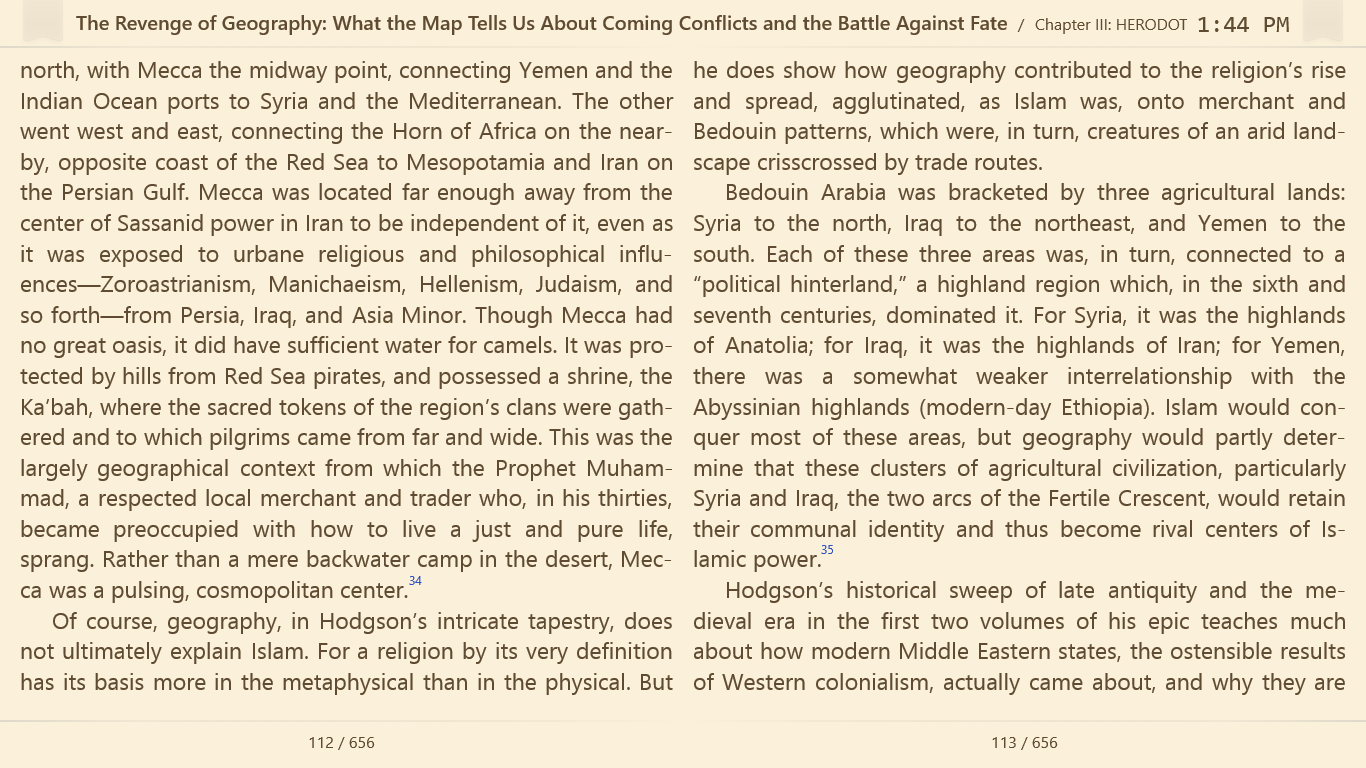.png)
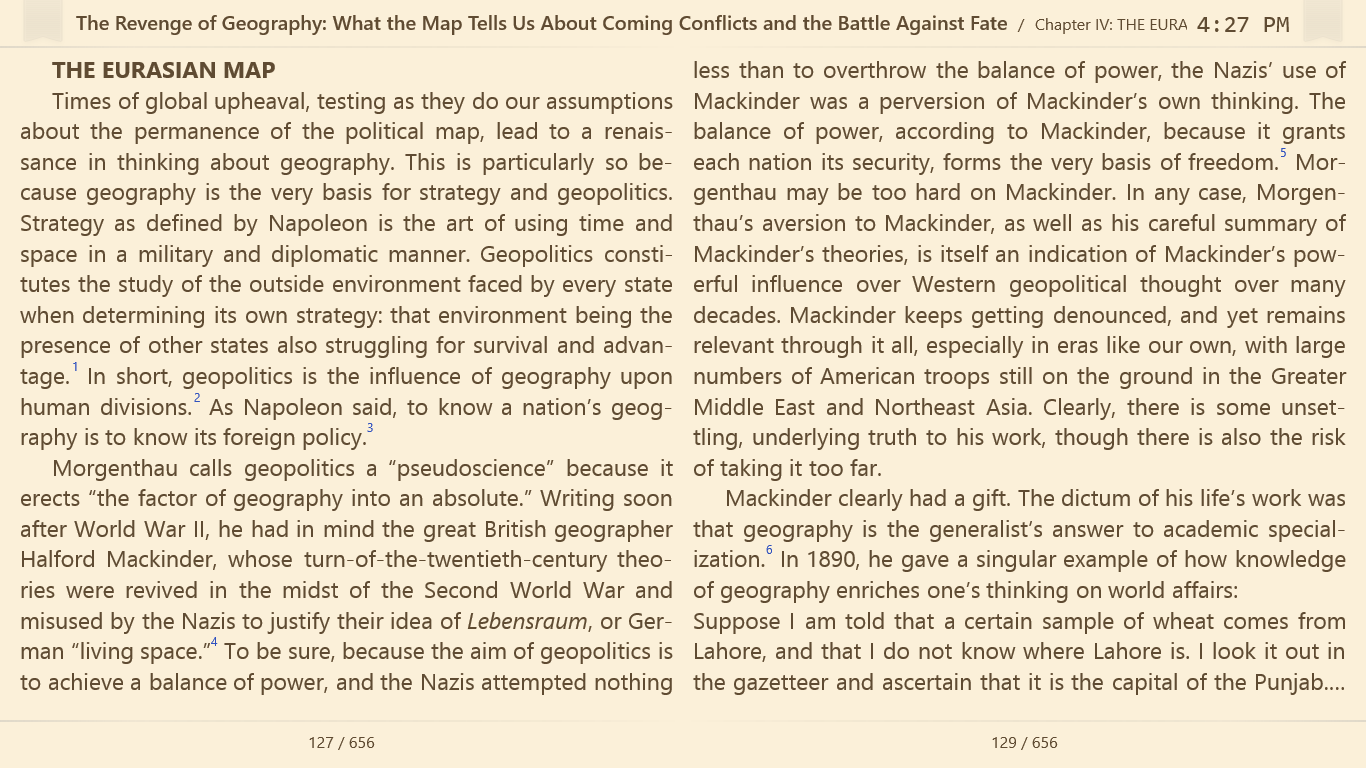.png)
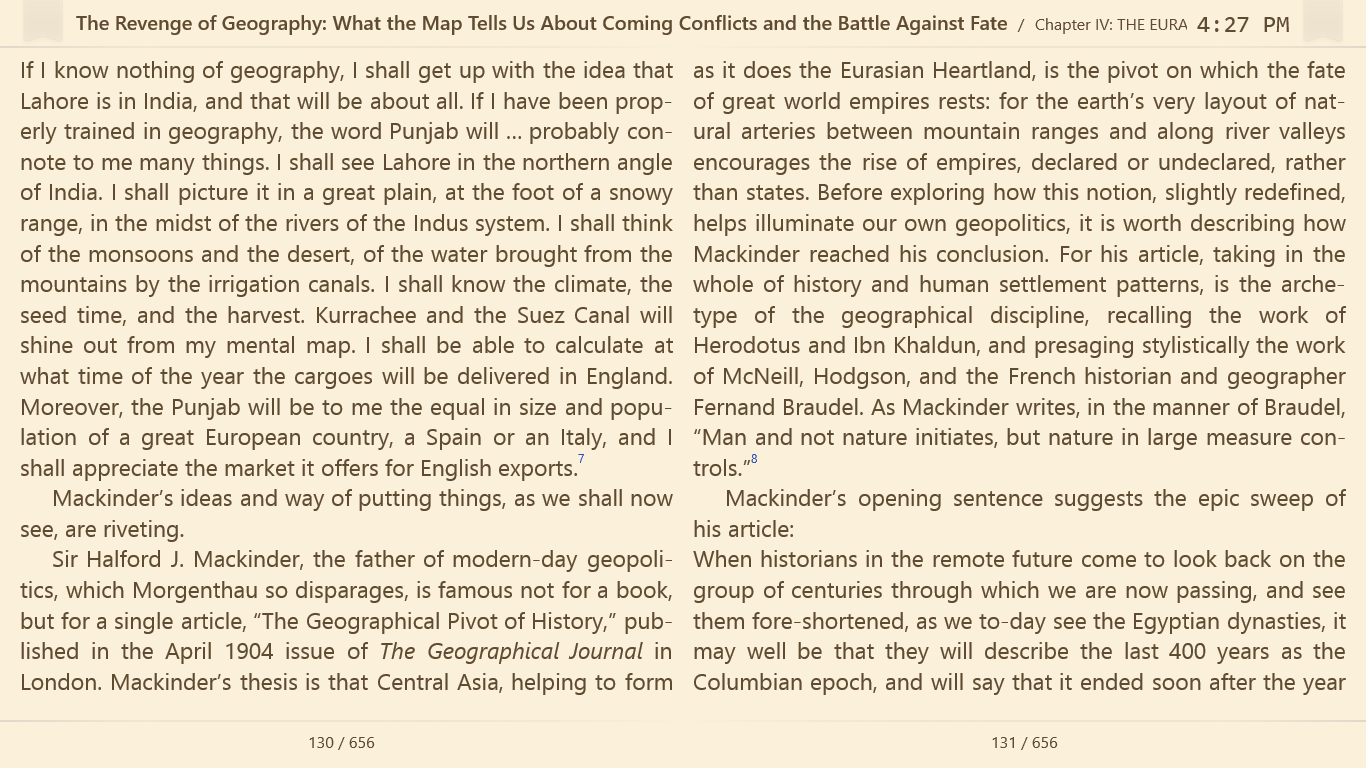.png)
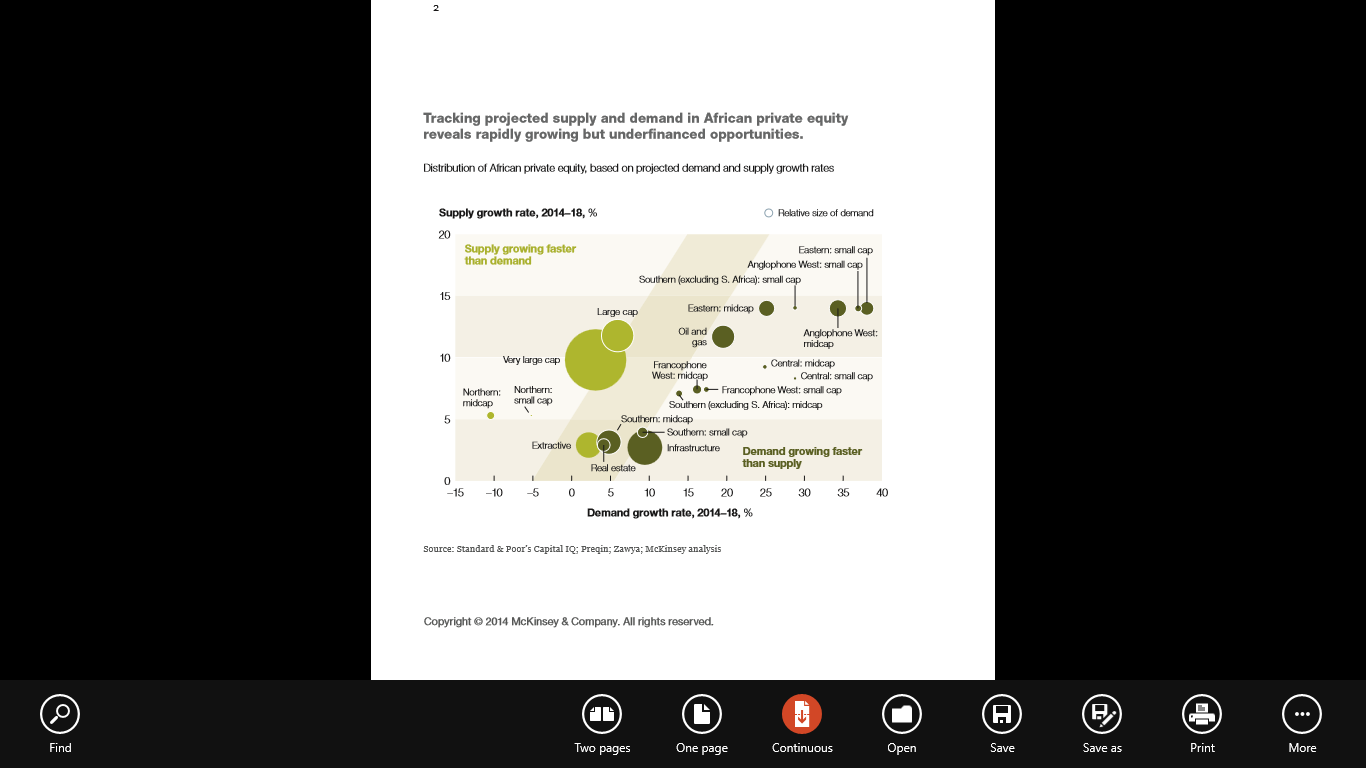.png)




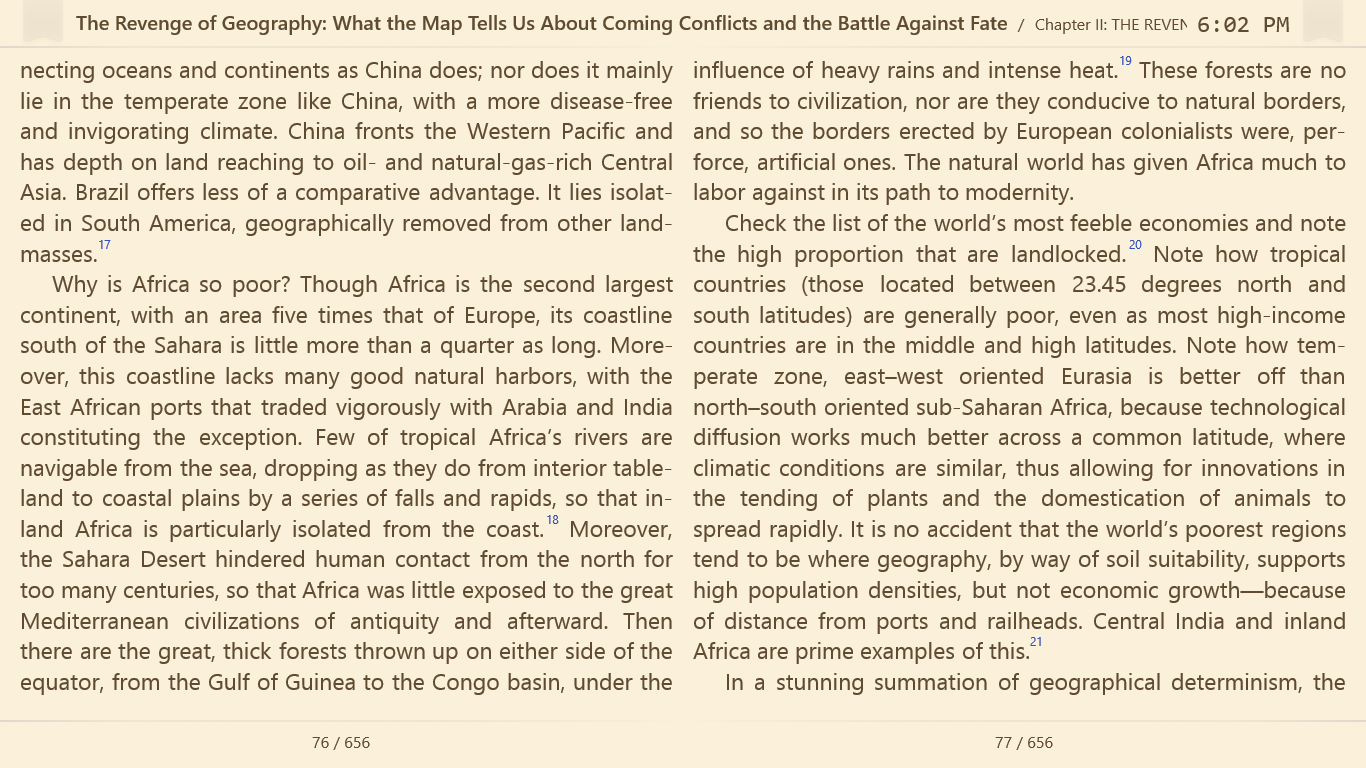.png)
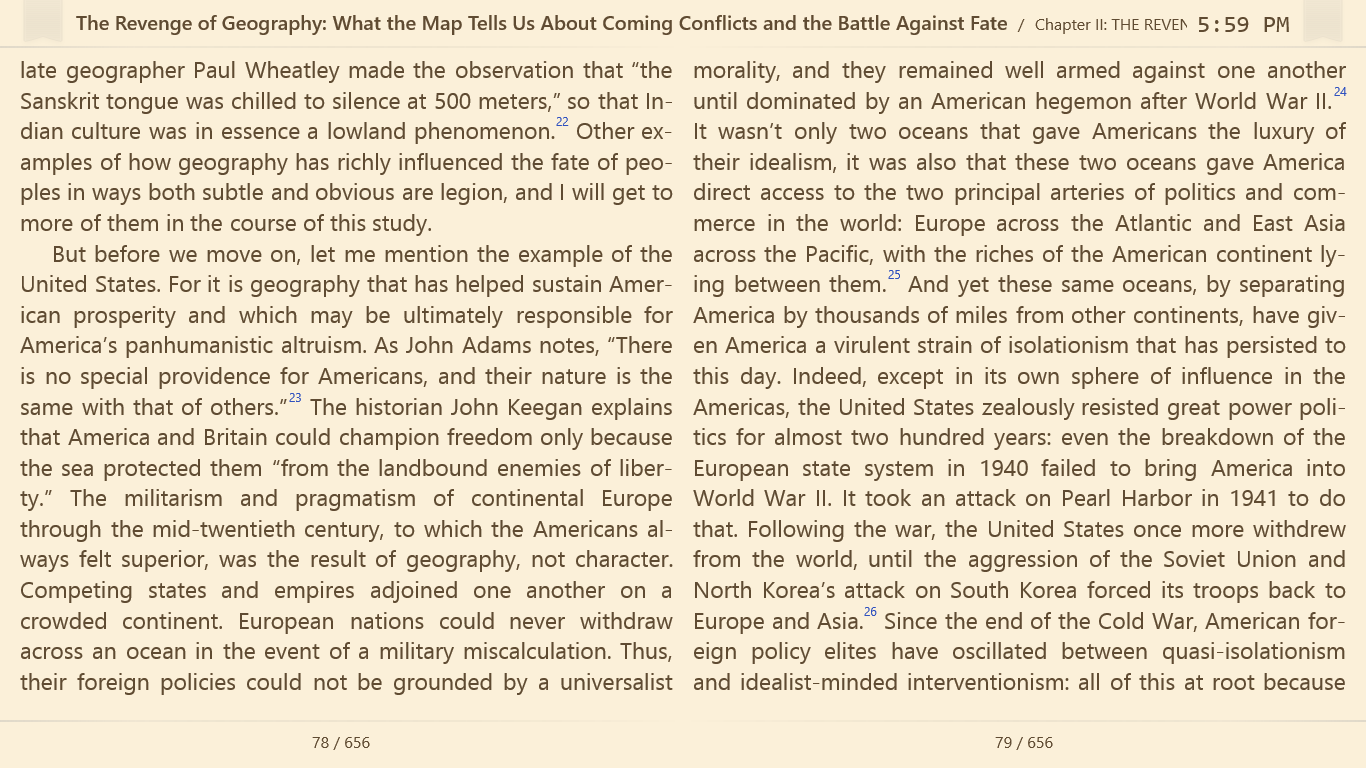.png)
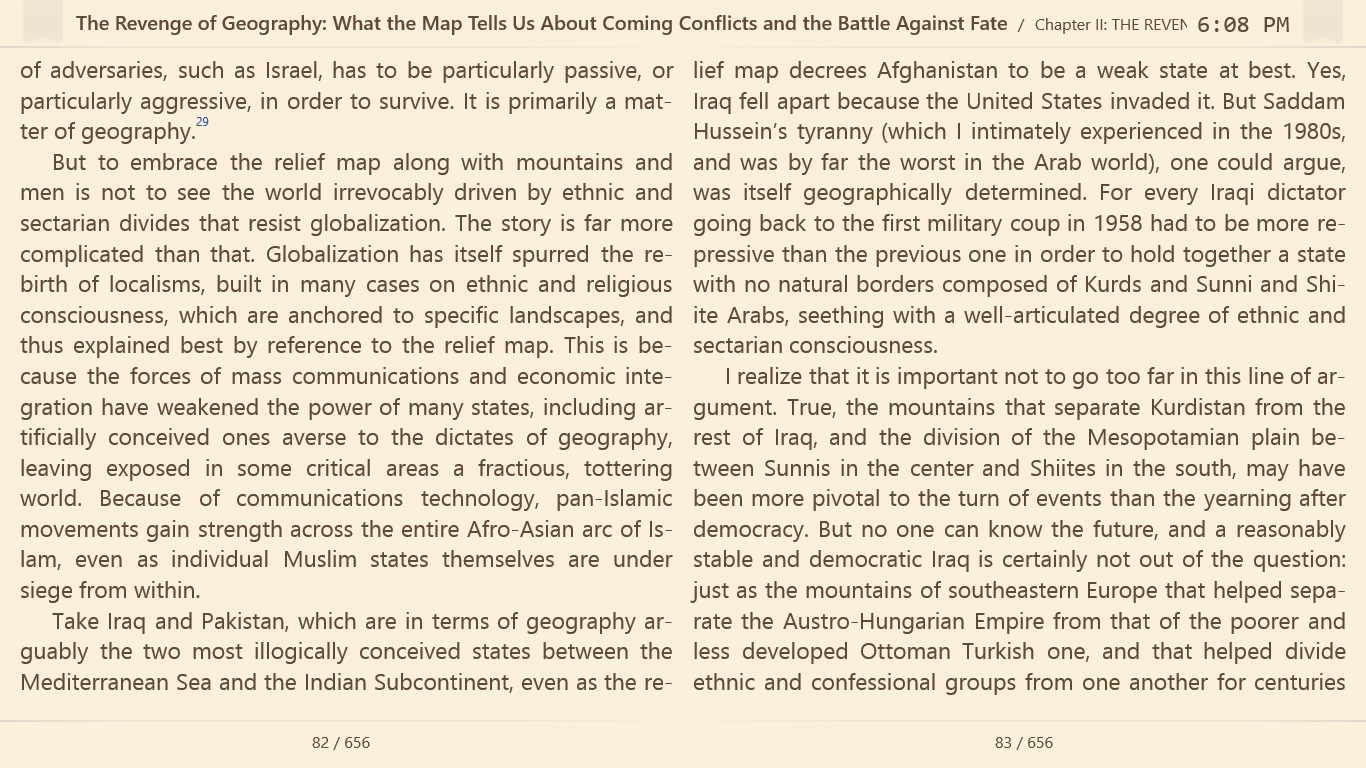.png)
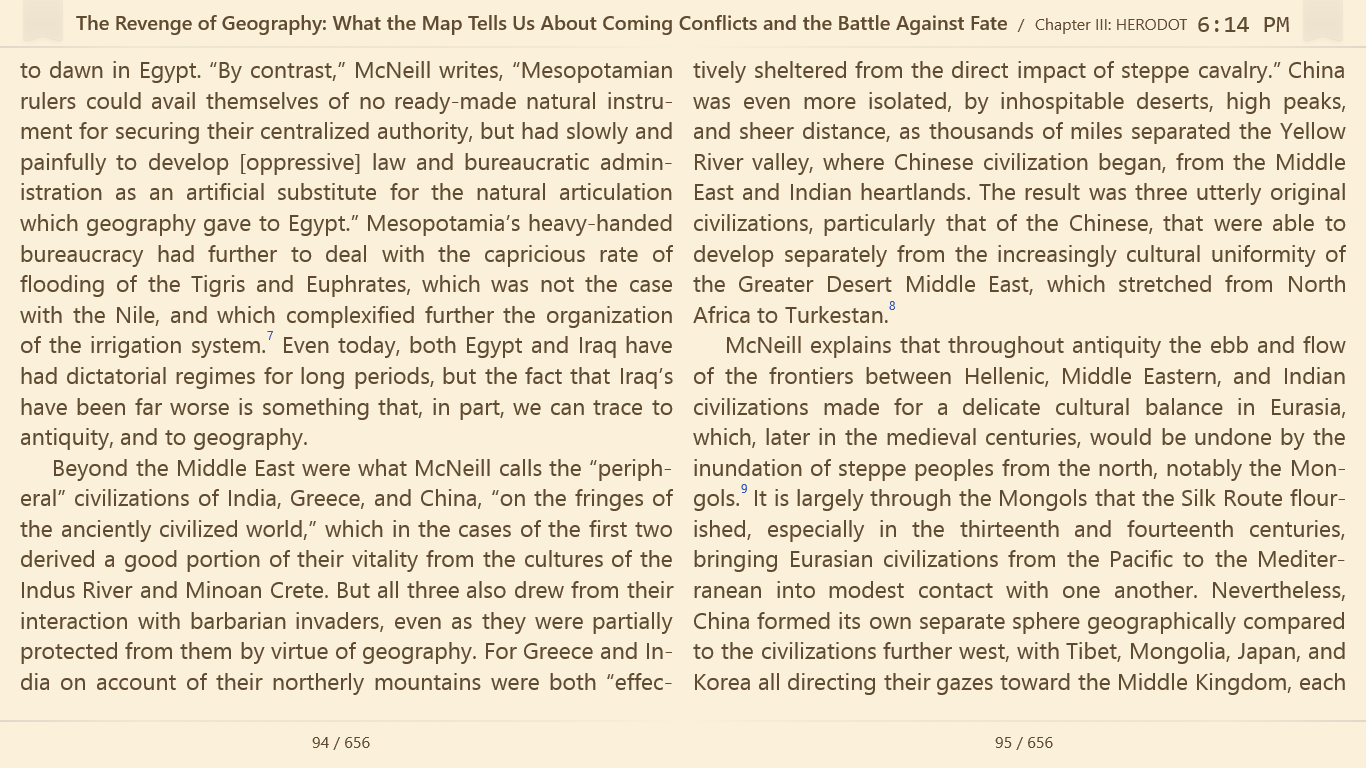.png)
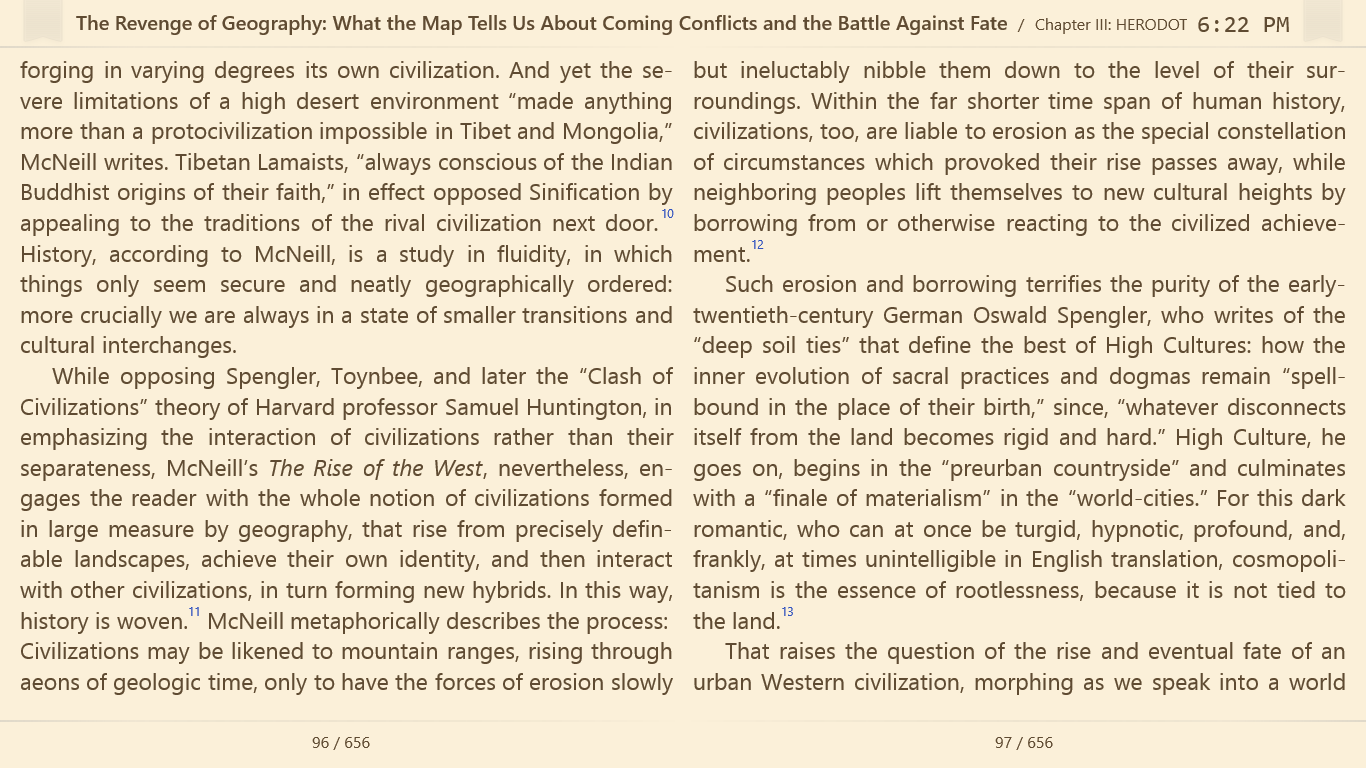.png)
